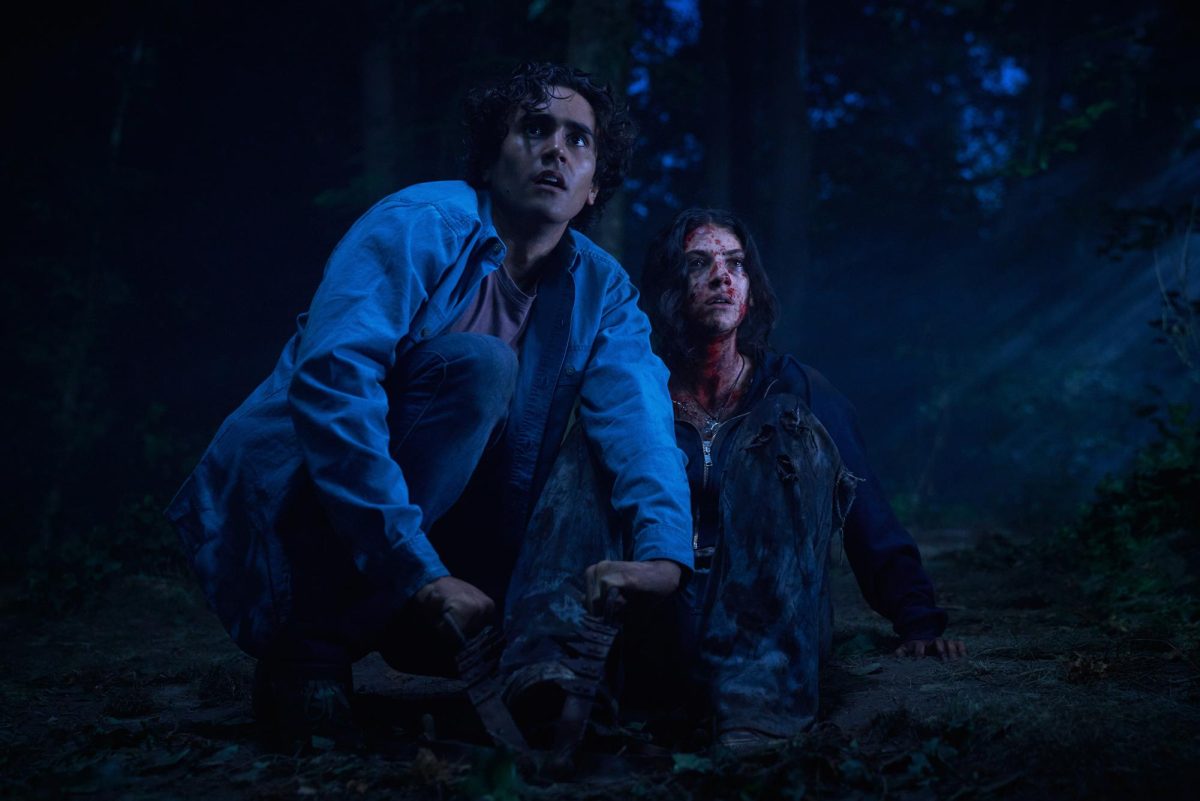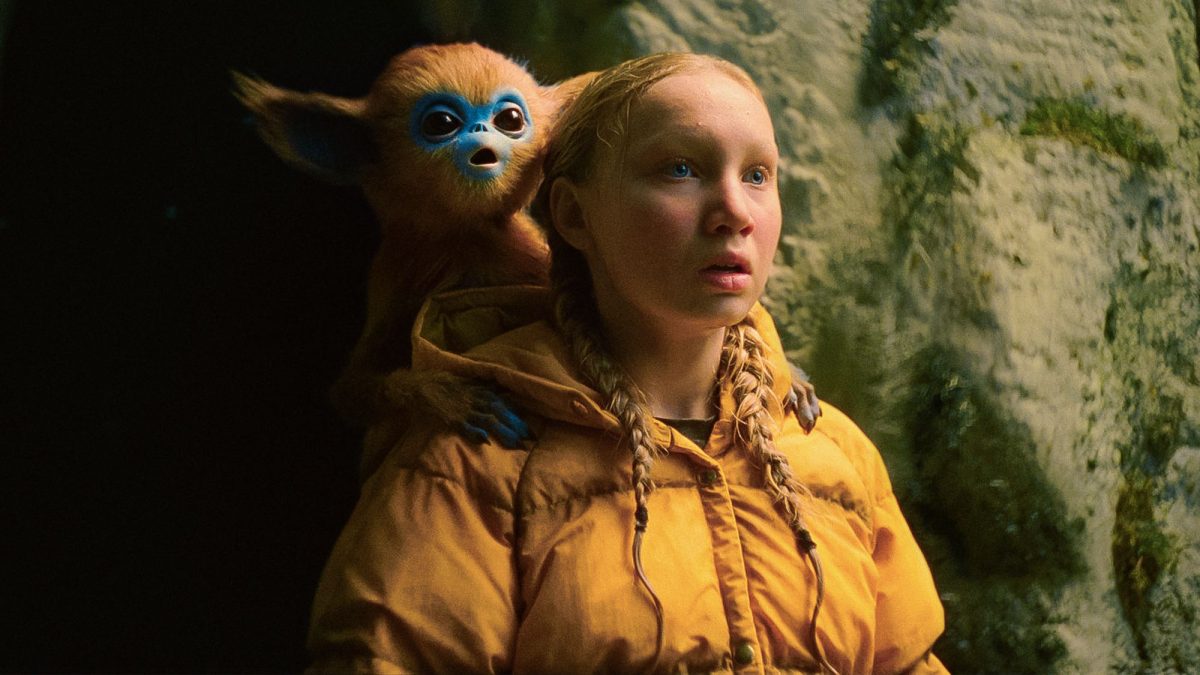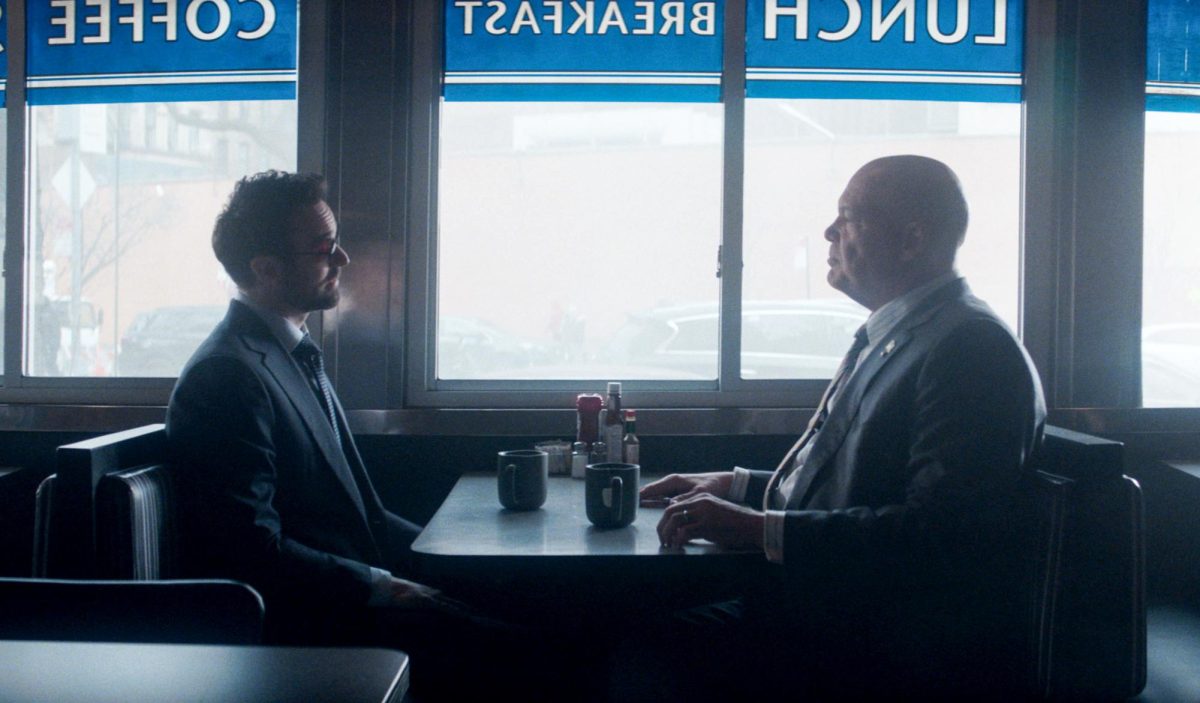An uneasy chorus of schoolgirls is halted by their baleful teacher — a stern, displeased woman. The sea of patent leather Mary Janes parts to reveal a pair of purple-laced high tops, which belong to 10-year-old Wadjda (Waad Mohammed), a spunky, rebellious girl that is the target of the teacher’s disdain. Her introduction is only a glimpse of the entertaining mischief she cooks up in this heartfelt, no-frills look into the daily life of Saudi Arabian women.
“Wadjda,” the debut feature film from writer-director Haifaa Al-Mansour, follows its young protagonist as she seeks to buy herself the green bicycle she passes on her way to school each morning in order to beat her neighbor Abdullah (Abdullrahman Al Gohani) in a race. With a true entrepreneurial spirit, Wadjda sells mixtapes and handmade bracelets on the schoolyard and delivers forbidden letters to try to meet her goal of 800 Saudi Riyal, the equivalent of $213. While naysayers frequently try to dissuade Wadjda from realizing her dream, citing a woman’s “inability” to ride a bicycle, her character pushes back with unwavering and often smart-mouthed certainty. Meanwhile, Wadjda must cope with her parents’ faltering marriage, her mother’s (Reem Abdullah) precarious employment situation and the constant reprimands from her teachers, who are determined to bend Wadjda’s free spirit into the frame of cultural conformity.
Despite severe obstacles — including not being able to publicly interact with her all-male crew, and a five-year struggle to secure funding and permissions for this first-ever movie fully shot in Saudi Arabia — Mansour triumphs in delivering an authentic depiction of a gender-restricting society. Wadjda is constantly reminded of her place as a girl — women must keep their heads covered and voices down. Boys and girls go to separate schools, and the mandatory distinction is emphasized through public uniform: Men wear white while women wear black. In the film, the Saudi schoolgirls push boundaries by wearing collectable bracelets under their sleeves, inking tattoos in permanent marker beneath their robes, painting their nails, reading magazines, sharing photographs and indulging in gossip when their teachers are absent. By shedding light on these small rebellions in the storyline, the film breaks away from the more conservative image of Saudi Arabia traditionally depicted by the media.
While “Wadjda” lacks the narrative fluidity expected from a more seasoned director, the actors’ overall performances translate so genuinely that viewers may forget that the story is fictional. In a society where women and men are kept separate, Wadjda’s mother is her most important teacher and her best friend. Therefore, it is natural that the chemistry between Mohammed and her on-screen mother Abdullah is strongest. The emotional tug-and-pull between the brazen Wadjda and her strict and tradition-bound, though affectionate, mother mirrors the conflict between new and old ideologies and contributes to the believability of their relationship.
Conversely, the film’s unquestionable authenticity is a possible detriment to global audiences. “Wadjda” may prompt questions from viewers with limited knowledge of Saudi life and culture, and viewers who may not understand certain Arabic phrases or references to Middle Eastern social conventions. To combat this cultural barrier, Mansour allows Western elements to permeate Wadjda’s world. Pop music, video games and American-made cars bring familiarity to an otherwise isolated setting. These indulgences contrast with the rigid, religious discipline required of good Saudi citizens. The tension between these coexisting identities creates both external and internal conflict that elevates this slice-of-life narrative to higher social relevance.
Wadjda’s story is captivating, heartwarming and thought provoking, transcending its cultural confines and offering foreign audiences a rare and uncensored glimpse into a part of Middle Eastern society.
















